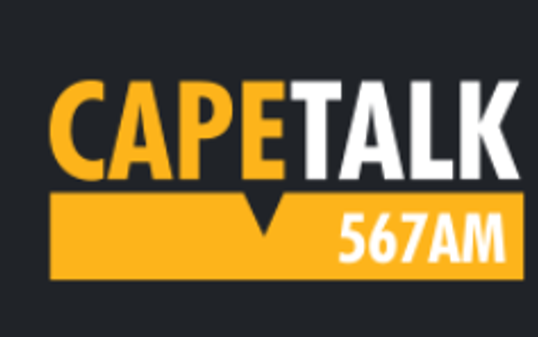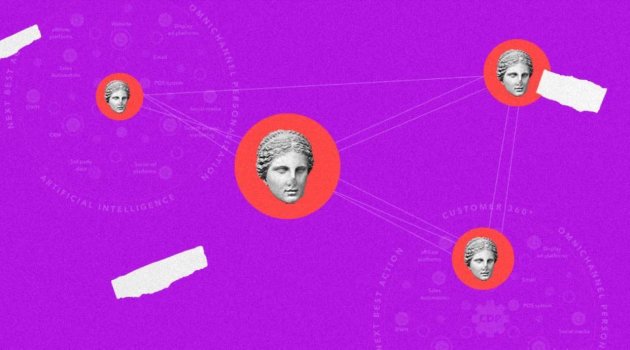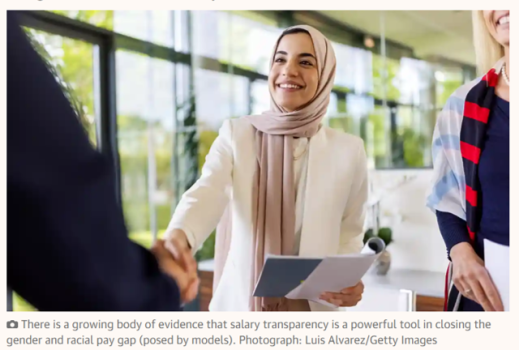Why are Web3 freelancers flocking to Braintrust (BTRST) crypto?
- Technology Solutions
- 0 Replies
The Braintrust (BTRST) crypto is drawing attention after announcing a slew of benefits for its freelancing community as part of a beta program in partnership with other firms.
Braintrust provides mentorship, part-time, and full-time Web3 work opportunities besides healthcare benefits to freelancers. It has partnered with Opolis for the medical risk cover.
In addition, the firm offers work opportunities through its tie-ups with crypto companies like DFinity, Decentology, Sifchain, ConsesSys Mesh, and Provenance Blockchain Foundation.
On Tuesday, the Braintrust (BTRST) token traded up 8.74% to US$4.01 at 4:49 am ET.
As the Web3 phenomenon grows big, many projects are exploring opportunities in the space.
One such interesting project is Braintrust, which aims to build a talent network.
The platform is controlled by community members who align or redistribute the incentives between freelancers and organizations.
Its biggest USP is the offer of full-time employment benefits to freelancers.
Continue reading: https://kalkinemedia.com/us/news/cryptocurrency/why-are-web3-freelancers-flocking-to-braintrust-btrst-crypto
Braintrust provides mentorship, part-time, and full-time Web3 work opportunities besides healthcare benefits to freelancers. It has partnered with Opolis for the medical risk cover.
In addition, the firm offers work opportunities through its tie-ups with crypto companies like DFinity, Decentology, Sifchain, ConsesSys Mesh, and Provenance Blockchain Foundation.
On Tuesday, the Braintrust (BTRST) token traded up 8.74% to US$4.01 at 4:49 am ET.
As the Web3 phenomenon grows big, many projects are exploring opportunities in the space.
One such interesting project is Braintrust, which aims to build a talent network.
The platform is controlled by community members who align or redistribute the incentives between freelancers and organizations.
Its biggest USP is the offer of full-time employment benefits to freelancers.
Continue reading: https://kalkinemedia.com/us/news/cryptocurrency/why-are-web3-freelancers-flocking-to-braintrust-btrst-crypto






















